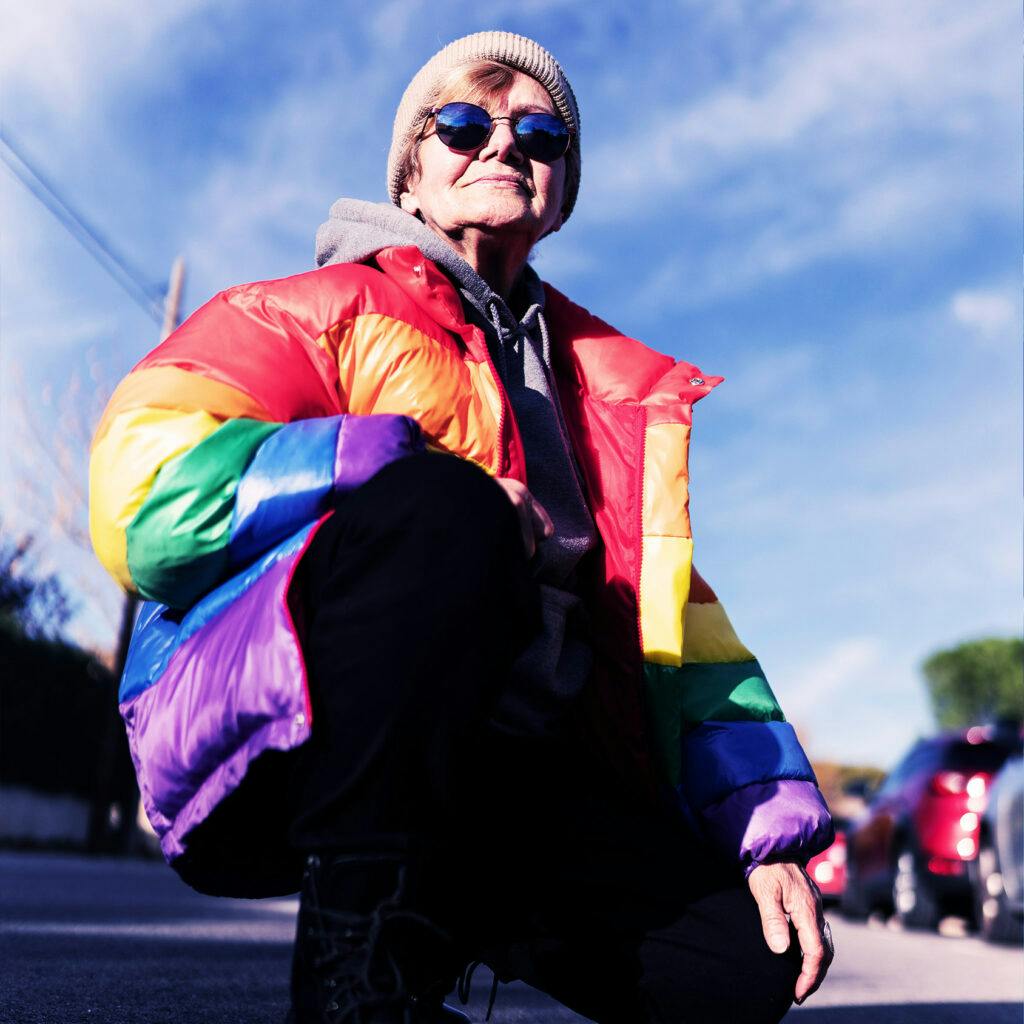This lesson is also available in Swedish: Hur sker förändring?
Lesson plan
Step 1: Four stories – How do societies change?
Ler the pupils read the four different stories. Share them with the pupils. The right to love (true), The inspiring story of crappy paper (true), Artificial grass (future fiction) and The hamburger (future fiction).
Ask the students to reflect on these questions while they read:
- What changed?
- Who wanted social change and why?
- What caused the change and what enabled it?
Let the pupils who read the same story discuss the questions above in groups.
Gather the whole class and list the forces and tools identified by the students on the whiteboard. In what other ways do they think change can occur?
Step 2: Slideshow — How do societies change?
Social change does not occur in a vacuum. Show the slideshow How do societies change?
Discuss the images and concepts and their meaning.
- What concepts from the slideshow did the students identify in the stories?
- What might limit or enable change? For example, what are the roles of crises, technological breakthroughs, or global movements?
Step 3: Assignment What happened?
Share the assignment What happened? with the class. The pupils will now identify and present their own example of social change. This assignment can be done individually or in groups. Agree on how to present the assignment. Suggestions include a collage, slideshow or as a written story.
Step 4: Reflection and imagination
- Reflect on and analyse which processes were key to the change in the pupils’ examples.
- Conclude by looking towards the future. What changes do the pupils want to see in the future and what processes will be key for making them happen?
Tip! Let the pupils also reflect on the question: Is change always good?
Proposed individual assignment
Let the pupils write a reflective text based on the previous discussion about the future. Encourage them to use concepts from the exercise with the slideshow as help. Base the text on these questions:
- What must change?
- Why?
- What caused the change?
Instructions
Present an example of a social change that has already occurred.
This change may have occurred a long time ago or recently, it might be big or small, local, or global. A good suggestion is to ask an older person what has changed in society during their lifetime.
Your presentation should include:
- Headline
- What changed?
- What caused the change (events, actors, etc.)?
- What forces and tools caused the change? Use the slideshow How do societies change? as support.
- Your own comments and thoughts on the change.
Please illustrate and pick out suitable images.
This lesson is developed together with researchers at Lund University and 2047 Science Center.
Keywords: sustainable development, transition, social change, activism, knowledge, fact, technological development, new markets, goods, services, norms, behaviours, innovation, policy, taxes, laws, subsidies.
